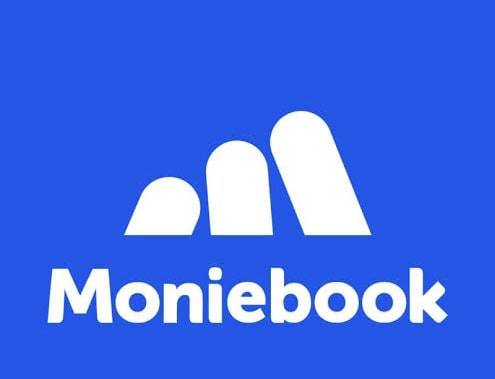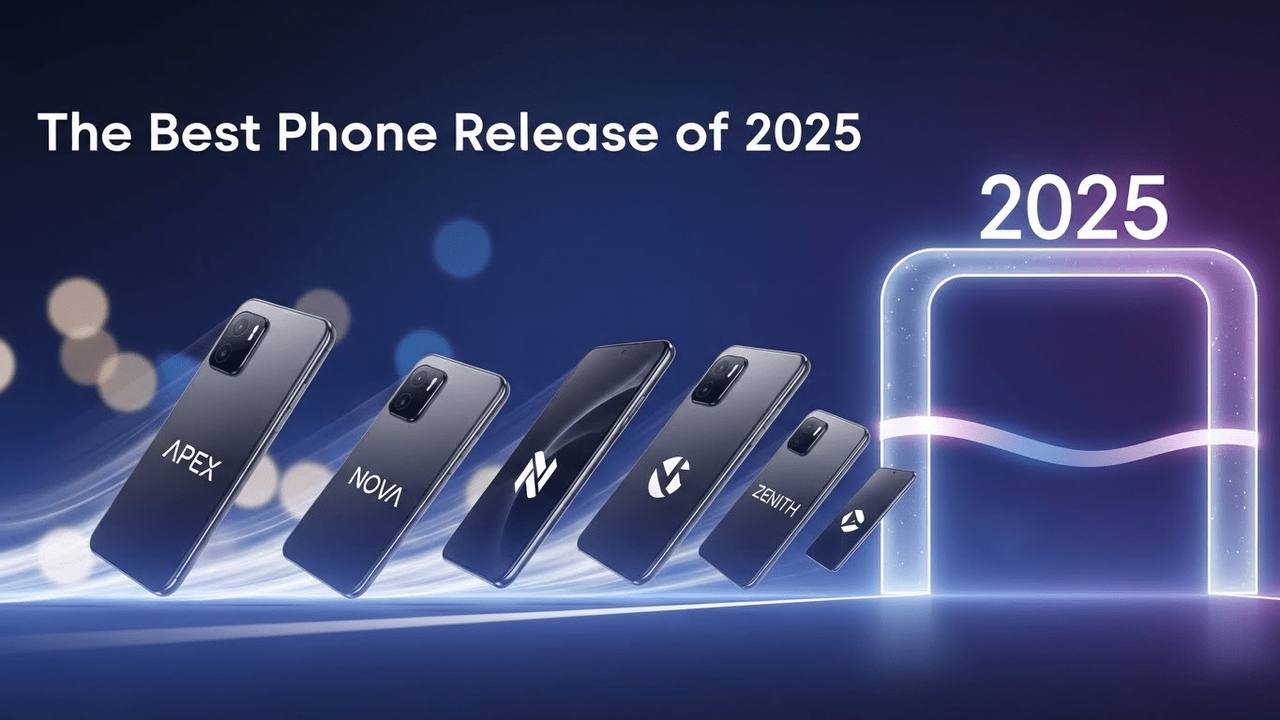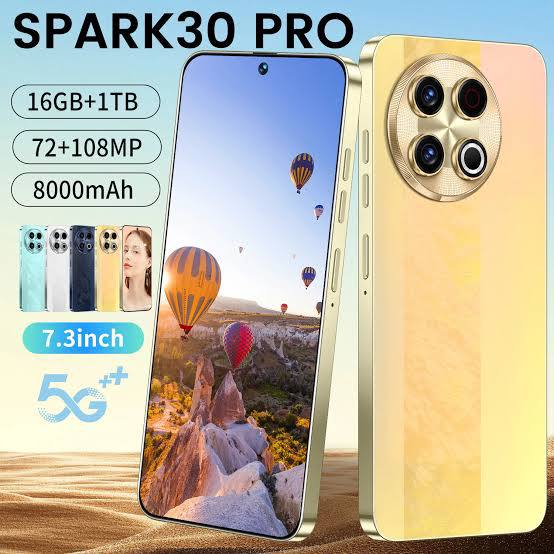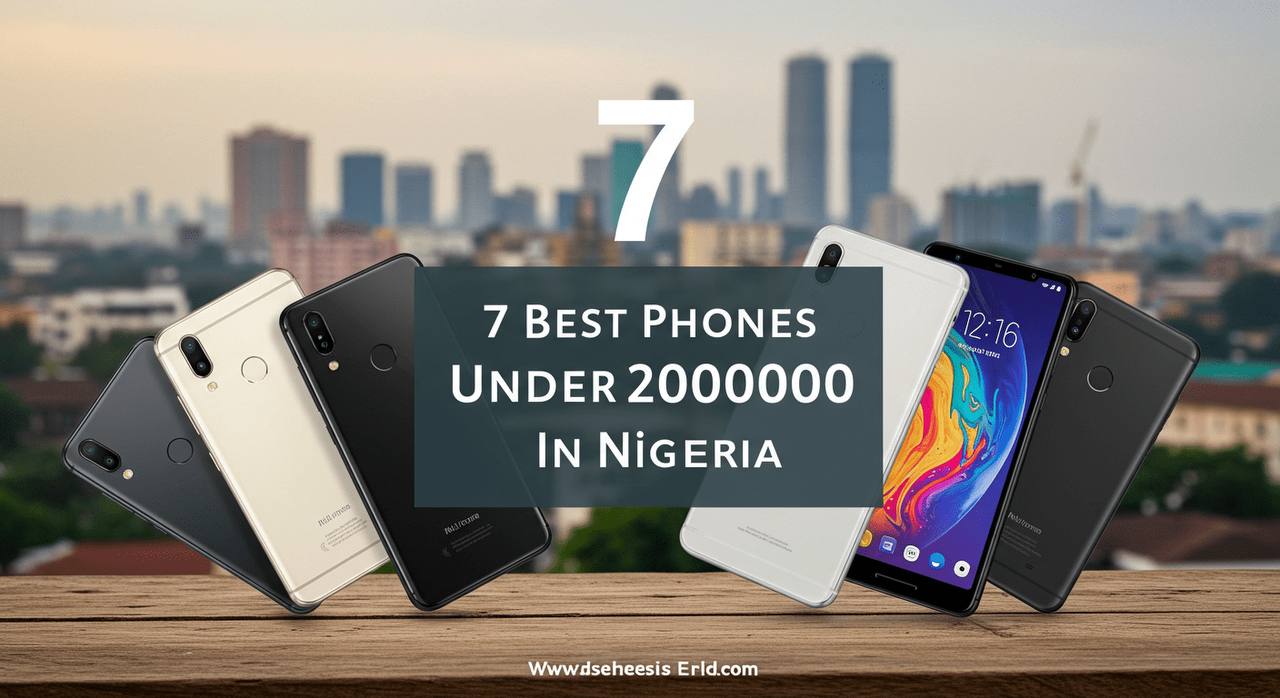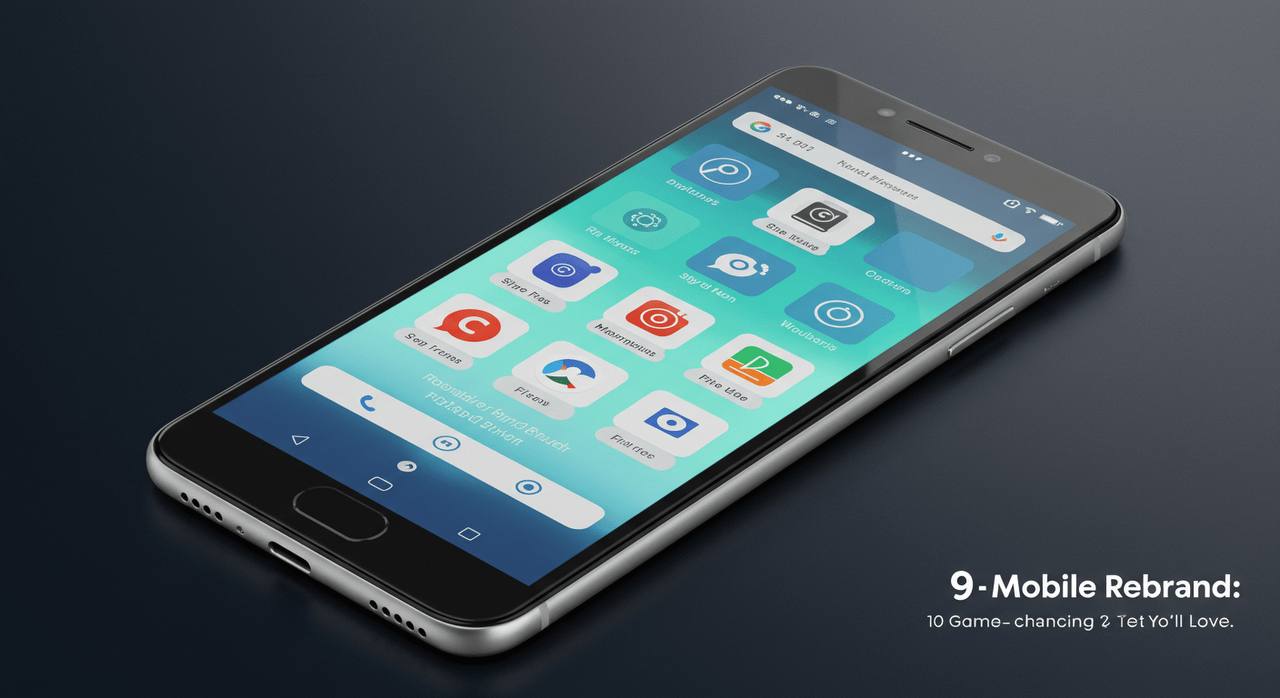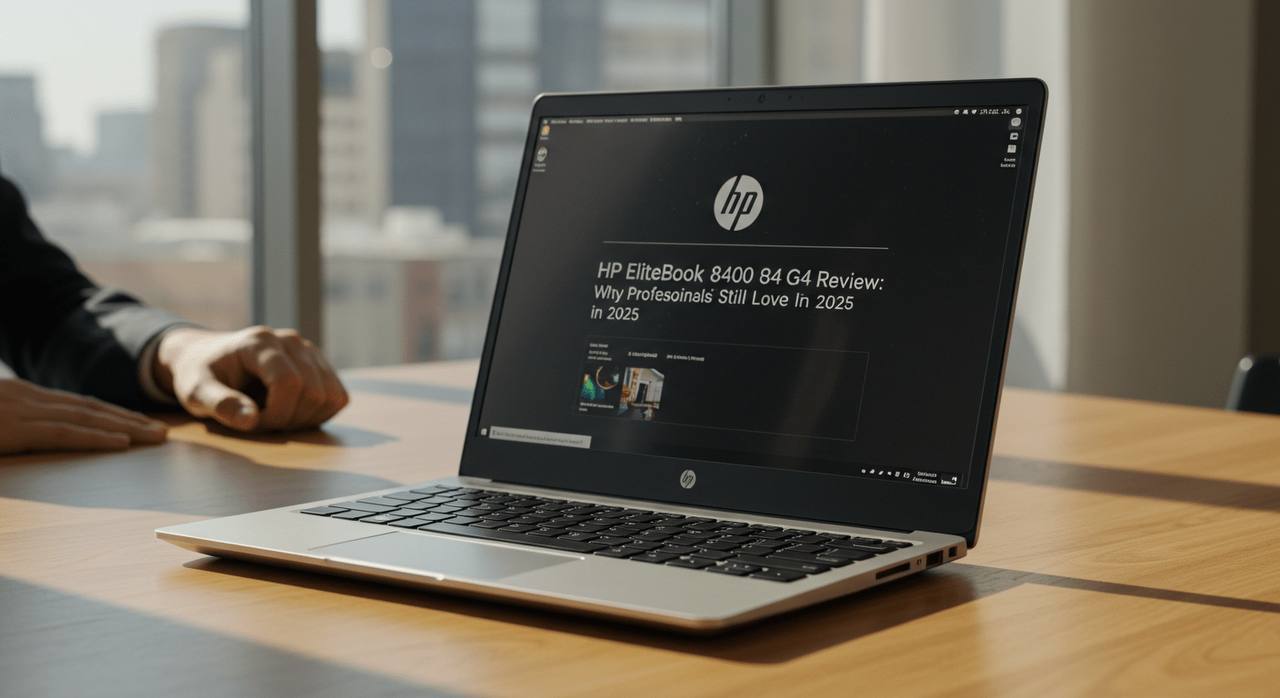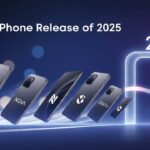The Truth About the ₦280K iPhone 17 Pro Max Conversion: How China Is Turning Old XRs Into New Phones
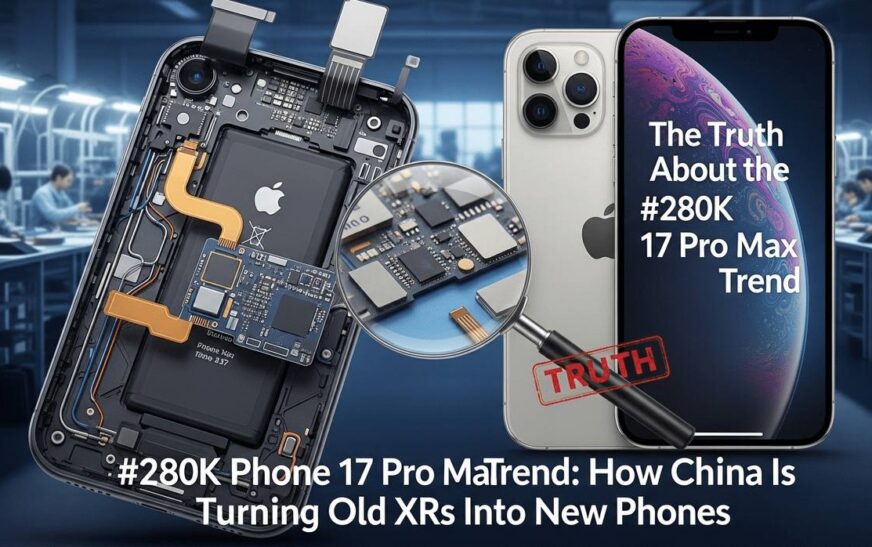
The Viral 17 Pro Max Craze
Over the past few days, social media has been buzzing with claims of a new iPhone 17 Pro Max available for as low as ₦280,000 — sleek titanium finish, Dynamic Island display, and the same premium feel as Apple’s latest flagship.
But here’s the twist: what’s being sold isn’t a brand-new iPhone at all. It’s actually an older iPhone XR refurbished and modified in China to look and feel like the new iPhone 17 Pro Max.
This rising “China XR customization” trend is sparking debates across Nigeria and beyond — some call it smart innovation, others say it’s high-tech deception. So, what’s really going on?
How the iPhone XR to 17 Pro Max Conversion Works
Here’s the simple version: technicians buy used or old iPhone XRs in bulk, then replace the casing, camera glass, and sometimes the screen to give them the latest iPhone 17 look.
- The body gets an upgraded titanium-style frame.
- The camera bump mimics Apple’s triple-lens design.
- A new interface skin or animation makes it look current.
But inside, the core hardware — processor, battery, storage, camera sensors — still belongs to the iPhone XR, a model first released in 2018.
It’s a bit like swapping your car’s body for a Ferrari shell but keeping the same old engine underneath.
The Hidden Truth: What Buyers Don’t Realize
At first glance, these conversions look impressive. But under the surface, there are real risks and trade-offs:
- No Apple warranty or service support — since it’s not a genuine 17 Pro Max build.
- Hardware mismatch — new cases don’t always align perfectly with old components, leading to performance glitches.
- Battery & overheating issues — reused batteries or mismatched parts can shorten lifespan.
- No software updates beyond iOS 17 or 18 — meaning security and feature support eventually end.
- Resale deception — many buyers unknowingly resell these thinking they own the latest model.
In short, you might pay for luxury looks but get mid-range performance.
Why the ₦280K Offer Still Attracts Buyers
Despite the risks, these conversions are selling out fast. Why?
- Affordability: ₦280,000 for a “Pro Max” look is tempting compared to ₦1.7 million+ for the real deal.
- Status pressure: owning an iPhone — especially the latest one — still signals prestige in many circles.
- Cosmetic appeal: people notice the look, not the chip.
- Limited access: imported or refurbished models make up a huge part of the local phone market.
It’s not just a trend — it’s a reflection of how aesthetic tech culture drives consumer choices.
Real vs Converted: How to Know the Difference
Before paying for any “Pro Max” at a suspiciously low price, check these quick steps:
- Go to Settings → General → About and check the Model Number (should start with A or M).
- Verify the serial number on Apple’s website.
- Compare weight and feel — genuine 17 Pro Max devices are heavier and sturdier.
- Test the camera functions and Face ID — older XR internals won’t support newer features.
- Ask for the original packaging or invoice — if unavailable, that’s a red flag.
Being informed can save you from expensive regret.
Ethical & Consumer Concerns
While some see this conversion trend as a creative workaround to high tech costs, others see it as borderline counterfeiting.
It raises key questions:
- Should cosmetic upgrades be clearly labeled as conversions?
- Are buyers being misled?
- What role should consumer protection agencies play in regulating refurbished imports?
As the line between refurbished and repurposed blurs, clarity becomes essential — not just for tech transparency, but for consumer trust.
What This Trend Says About the Tech Market
The viral XR-to-17 conversions highlight how perception often outweighs performance in modern tech culture.
In an economy where the newest iPhones cost more than the average monthly salary, these repackaged devices offer a cheaper “status pass” — even if it’s just skin-deep.
But it also shows a growing local demand for affordable innovation. Maybe the future of African tech isn’t just about catching up with the West but customizing technology to fit local realities — hopefully with transparency, not trickery.
Conclusion: Beyond the Hype
The ₦280K “17 Pro Max” trend is both fascinating and alarming. It reflects creativity, market demand, and consumer desire — but also misinformation. So, before you buy that too-good-to-be-true deal, remember: the shell may shine, but what truly matters is the system inside.
If you’ve made it this far, you’re clearly serious about keeping up with tech’s biggest shifts. We’ve got you covered with weekly insights, guides, and trend alerts you’ll actually enjoy reading.
Subscribe today and stay ahead — smarter, faster, and better informed.
Related Posts
Best Student Laptops 2025 Under $300 (Top Budget Picks)
iPhone 17 Air Review: Everything You Need to Know About Apple’s Thinnest iPhone Yet
Everything You Need to Know About AI and Immersive Tech in 2025


